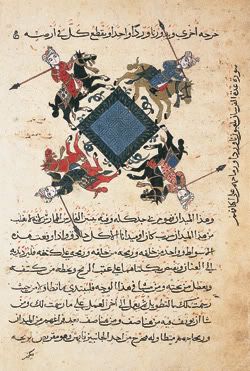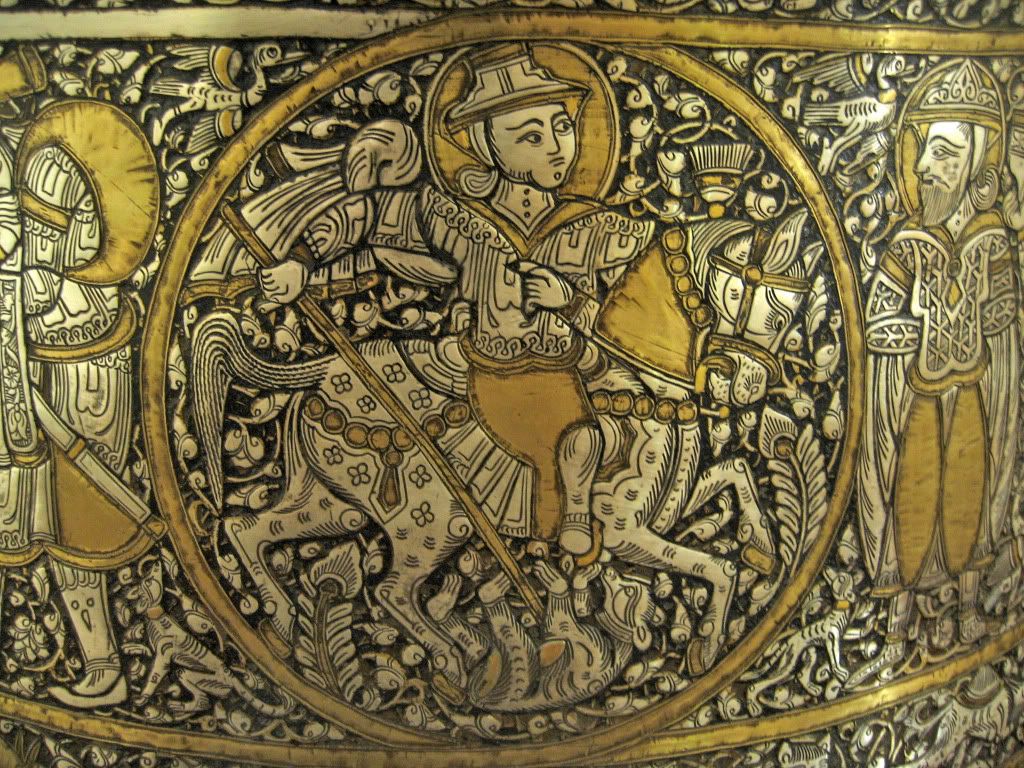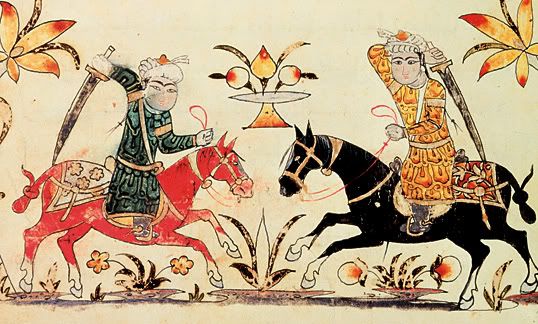Bernice
It is now pretty commonly known that the first/earliest known 'cards;' were the Mamluk cards (Playing card deck) derived from the Chinese money cards. After entering Italy and Spain they were re-imaged to depict the 'courts' as people as the Mamluks were forbidden to make images of people due to their religion.
A little later on the trifoni (now known as the Tarot Trumps) came into being, which were not always a set of 22 in number. Historical information re. these cards can be found here on the History thread and at various online museums (Trifoni etc).
There is much supposition and theory about an 'original' ordering of these trump cards because some of the very early cards either weren't numbered, or the numbering differed from deck to deck. Additonally some of the images differed.
From the mamluk cards onwards the pip & court cards have had a numerical sequence, so any and all 'number' theories and systems might be deemed valid. But why should the Trumps be numbered? I'm giving serious thought as to whether or not each trump image should remain un-numbered.
In Italy and Spain artists and painters were plentiful, and painted minatures were probably as common as photographs are today. It wouldn't be surprizing that the novelty of a 'set' of images - the mamluk cards - inspired artists and commissioners alike to create 'custom' sets of their own. A series of painted miniatures. I suspect that they were eventually ordered & numbered by card-players. And maybe taking their cue from the logical progression of the mamluk cards, they accorded a structure to their 'custom' sets, perhaps socially based, perhaps family, or perhaps their own world-view.
But I wonder what - if anything - they knew of the Mamluks. Did they know what these illustrated numbered cards originally represented, how they were used? Does anyone know?
And I wonder when and who united the 'custom' set and the (re-imaged) mamluk cards?
Bee
A little later on the trifoni (now known as the Tarot Trumps) came into being, which were not always a set of 22 in number. Historical information re. these cards can be found here on the History thread and at various online museums (Trifoni etc).
There is much supposition and theory about an 'original' ordering of these trump cards because some of the very early cards either weren't numbered, or the numbering differed from deck to deck. Additonally some of the images differed.
From the mamluk cards onwards the pip & court cards have had a numerical sequence, so any and all 'number' theories and systems might be deemed valid. But why should the Trumps be numbered? I'm giving serious thought as to whether or not each trump image should remain un-numbered.
In Italy and Spain artists and painters were plentiful, and painted minatures were probably as common as photographs are today. It wouldn't be surprizing that the novelty of a 'set' of images - the mamluk cards - inspired artists and commissioners alike to create 'custom' sets of their own. A series of painted miniatures. I suspect that they were eventually ordered & numbered by card-players. And maybe taking their cue from the logical progression of the mamluk cards, they accorded a structure to their 'custom' sets, perhaps socially based, perhaps family, or perhaps their own world-view.
But I wonder what - if anything - they knew of the Mamluks. Did they know what these illustrated numbered cards originally represented, how they were used? Does anyone know?
And I wonder when and who united the 'custom' set and the (re-imaged) mamluk cards?
Bee




